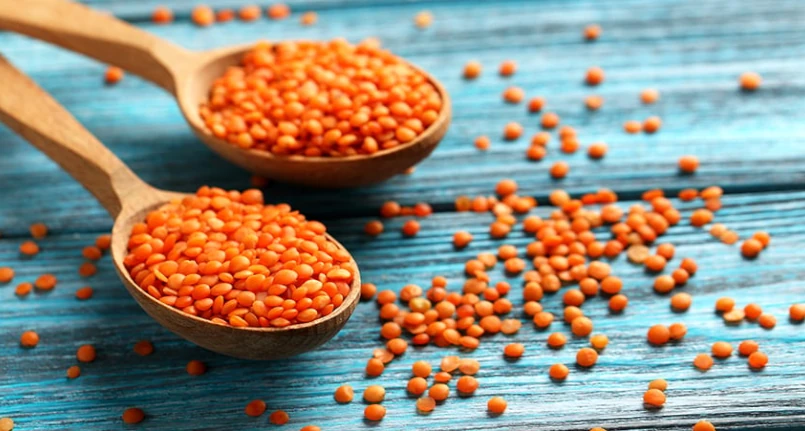Introduction
Vegetable drinks represent a valid alternative to cow’s milk in the event that there is an intolerance , an allergy , or a need dictated by the diet followed, such as the vegan type for example . Among the most consumed varieties there are undoubtedly almond milk , or rather the almond-based vegetable drink, and oat milk . In this regard, it is useful to understand how much the production of these vegetable drinks has an impact on the environment. And, having to make a sustainable choice, which of the two is the greener .
To decipher the environmental impact of a vegetable drink, a multitude of factors must be considered: where the crop is grown, i.e. the raw material used (in this case, the fields of oats and almonds), how much soil consumption it requires, how much water used in crops , the use of chemicals, greenhouse gas emissions, production, transportation, etc. Therefore, by crossing various scientific data, it is possible to understand how much these drinks, in the end, have an impact on the environment. The result is that the oat drink is more sustainable than the “milk” or almond drink.
Oat drink and environmental impact
The oat-based vegetable drink has become increasingly popular in recent years, even surpassing the soy one , among the most popular as an alternative to milk. First is almond milk.
These are the benefits of oatmeal .
Its production has some advantages :
- oats, i.e. the cereal from which it is obtained, grows all over the world and is therefore available throughout the planet without the particular need to transport it around the world to process it
- it’s cheap ,
- requires little water resources compared to the cultivation of other cereals ,
- oats can grow in different environments and soil types ,
- low emission of greenhouse gases due to transport.
Oat drink production: water consumption
The use of water in the production of an oat-based vegetable drink is not excessive, if compared to other cereals: to produce 4.5 liters of oat-based drink, approximately 49 liters of water are needed, excluding the water used to then transform the oats into milk, but only for cultivation. To produce any alternative to milk, water is in fact added to a main ingredient (be it a cereal, a legume or a fruit). For both oatmeal and almond drink, the ratio is about one cup of oats or almonds to four cups of water.
Oat drink production: soil consumption
Oats are a cereal that grows in open fields that can be used for other crops when oats are not in season , thanks to crop rotation that allows the land to be used throughout the year, thus improving the quality of the ground. In fact, crop rotation increases nutrients , and the alternation between deep and superficial roots helps stabilize the soil and keeps pests and diseases away. In this sense, in the 13 main oat-producing states, herbicides, fungicides and insecticides are still used .
Almond drink: environmental impact
The almond-based drink is highly appreciated by consumers, not only for its taste but also for its nutritional characteristics. However, from the point of view of the environmental impact it is criticized for the large waste of water it requires and for the fact that almonds grow only in some areas: in California, and in Italy mainly in Sicily and Puglia (39%), even if there are some crops in northern Italy.
Almond drink: water consumption
To obtain an almond-based vegetable drink, a significant quantity of water is required, about double the quantity of water necessary for the cultivation of oats. Furthermore, since they grow only in warm environments and where the humidity rate is very low, a large part of that water used is “blue”, i.e. it comes from the subsoil and rivers, unlike “green” water, which comes from rain .
Almond drink: soil consumption
As far as land use is concerned, however, almond orchards require less space than oat fields, but rotation must be considered, which in this case does not occur. The almond trees, which require constant maintenance, have a life of about 25 years; it is therefore a monoculture that has nothing to add to the biodiversity of the environment in which they grow. Not only that, almonds require an excessive use of pesticides and fertilizers as they require a continuous supply of nitrogen , which occurs through the use of fertilizers that filter into the soil and pollute the groundwater.
Almond drink: greenhouse gas emission
Last but not least, let’s consider the greenhouse gas emissions: almond crops generate slightly less than oat crops, being also the co-products of the almond industry (peels, shells, etc.) sources of renewable energy , and be processed as livestock feed. However, it should be emphasized that post-production emissions, such as the transport of almonds around the world, as crops are limited to only a few areas, are not included in the carbon emissions data.
To recover food without wasting it , Spain is passing an ad hoc law.




